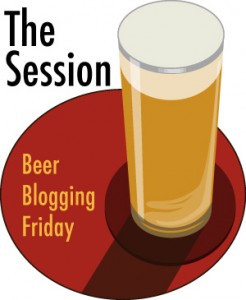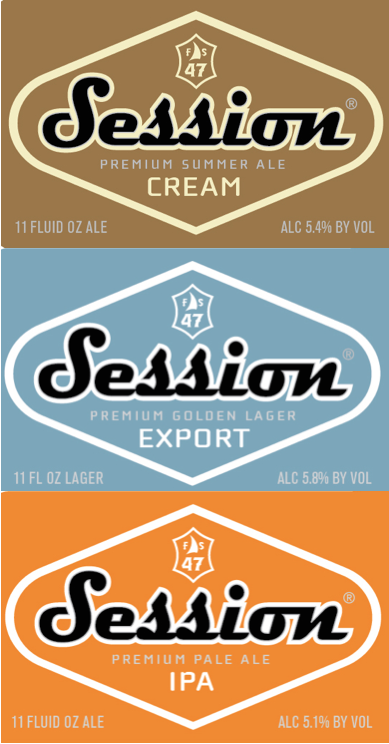
The session for April is hosted by the Beer Hobo. And it might be one of those that stirs up the pot a bit…..
“What role do beer writers play in the culture and growth of craft beer? Are we advocates, critics, or storytellers? What stories are not getting told and what ones would you like to never hear about again? What’s your beer media diet? i.e. what publications/blogs/sites do you read to learn about industry? Are all beer journalists subhumans? Is beer journalism a tepid affair and/or a moribund endeavor? And if so, what can be done about it?
In the spirit of tipping the hat when someone gets it right, please also share a piece of beer writing or media you love–it doesn’t have to be recent, and it could be an article, podcast, video, book or ebook–and explain a bit about what makes it great. I’ll include links to those articles as well in my roundup for easy access reading.”
You are such a brown-noser, homer, cheerleader.
I too have heard the jabs against beer bloggers in particular and pointedly and beer journalists in general though less frequently. That “everything” being written is too positive. There isn’t enough hard-nosed journalism out there. Examples being that there is not criticism to be read or investigative reporting or honest reviews of beers or beer culture. Some of the “old school” go so far as to claim that actual discourse is gone and all we hear is PR twaddle.
Do you have to tear down a beer, brewer or brewery to be considered legit?
But my question is, what is wrong with positive? If you were on the sports beat covering the Miami Heat during their long winning streak last season, would you focus exclusively on the shots that were not made? I didn’t hear about anyone getting their press pass revoked for calling LeBron James MVP / as good as Jordan. But yet it seems that if a blogger writes a positive review of beer A, it makes you a mindless zombie in the eyes of some who seem to be suspicious of good news. Or you are in the pocket of the brewer because they gave you a hat and keychain. It can’t possibly be that you like that particular beer. Nope. You are now cast as the reporter who does the puff piece about the water skiing squirrel and not the well-respected journalist who covers war and politics.
Does every fifth beer need to have a negative review to maintain your credentials?
All you have to do is tune in to any media outlet nowadays and there is enough palpable anger and car chases to provide inspiration for twenty more Fast & Furious movies. So how about making room for something that doesn’t involve negativity and sarcasm. A healthy distrust, be it of TV News, advertising or PR is useful but if you tar every marketing department as liars and by extension anyone who talks about that brewery as a panderer or hypnotized then you are just as bad as those who don’t question at all. Just because Fox misuses the term “Fair and Balanced” doesn’t preclude one from writing something that has a little uplift under it. Why should I be restricted to focus on the beers that I don’t like at the expense of the ones that I do to give myself “cred”. I think that I am allowed to write a glowing review or recommend a bar if that is my humble opinion.
Why is positive immediately equated with loss of journalistic integrity?
And a story can be both probingly honest as well as positive. Just as well as being funny and critical can be contained in a paragraph or a single word. But in 2014, it appears that we as beer writing consumers either want articles to verify our already made conclusions or to provide us with the opportunity to rant in the comments section. If you look (and not all that hard), you can find well-rounded pieces out there. I find gems from local writers like Sarah Bennett, Tomm Carroll and Randy Clemens quite frequently in brewspapers and online.
Instead of bemoaning the state of beer writing, promote the good ones.
And those articles shed light on a person, place or thing in or around the craft beer industry without resorting to hardball. Now I am not calling for a moratorium on criticism. There is certainly more that can be done instead of cut and paste regurgitation of PR releases and fawning over the latest brewing superstar but on the flip side, I can certainly do without more anonymous snarky reviews and/or people who roll their eyes if I so much as deign to take a beer seriously. Much like any leisure/food/fun category, craft beer needs all sorts of writers, editors, photographers and magazines, papers and forums. But I can’t help seeing the wisdom in the following words from Michael Jackson which applies equally to both sides of this debate,
“Please relax. Can’t you see we are drinking beer and telling stories here?”
And here is my choice for why I don’t subscribe to the “positive is bad” message that others talk of, from the aforementioned Randy Clemens about some cellar spelunking.






